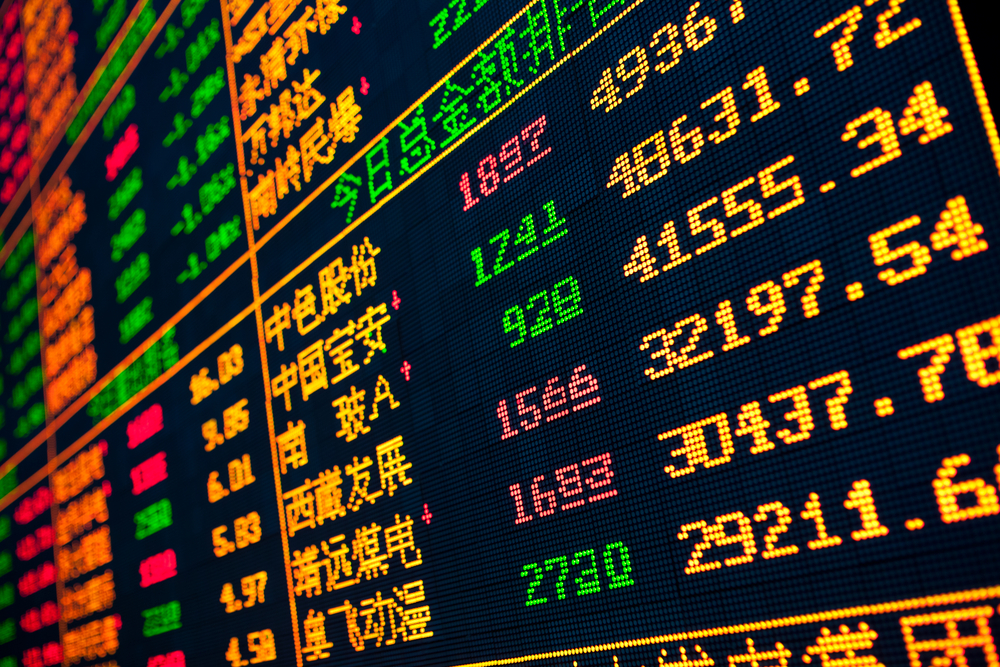News
China’s economic growth cools amid trade tensions

The world’s second-largest economy expanded by 6.7 per cent, down from the previous quarter’s 6.8 per cent, the government reported Monday. (Photo: Shutterstock)
BEIJING – China’s economic growth slowed in the quarter ending in June, adding to challenges for Beijing amid a mounting tariff battle with Washington.
The world’s second-largest economy expanded by 6.7 per cent, down from the previous quarter’s 6.8 per cent, the government reported Monday.
A spokesman for the National Bureau of Statistics struck a positive note about the growth data while acknowledging that it faced increasing uncertainty from external factors.
“In general, the national economy maintained a momentum of being generally stable,” spokesman Mao Shengyong said at a briefing.
“But the uncertainties of external environments are mounting and we should actively meet external challenges,” he added.
Even before the dispute with Washington erupted, forecasters expected growth to cool after Beijing started tightening controls on bank lending last year to rein in surging debt.
The data released Monday show that trade friction has had a limited impact on China’s economy so far, said Tom Rafferty of the Economist Intelligence Unit.
Of greater concern, Rafferty wrote, is “slowing domestic demand within China’s economy, with investment persistently weak and consumption also having slowed.
“These are much more important drivers of growth than exports,” he said.
Economic activity is expected to decline further as global demand for Chinese exports weakens and lending controls weigh on construction and investment, major contributors to growth.
Beijing has responded to previous downturns by flooding the state-dominated economy with credit. But that has swelled debt so high that global rating agencies have cut China’s government credit rating.
Chinese leaders are in the midst of a marathon effort to encourage self-sustaining growth driven by domestic consumption and reduce reliance on exports and investment.
Rafferty of the EIU said Chinese authorities will be reluctant to loosen policy settings too far because they want to control financial risks. The EIU expects growth to slow in the second half of the year and more markedly in 2019, he said.
Consumer spending has risen more slowly than planned, leaving economic growth dependent on debt-supported investment.
Retail spending in June rose by 9 per cent over a year earlier, a half-percentage point higher than in May. The increase was driven by rapid growth in the sales of higher-end consumer goods such as cosmetics and audio-video equipment.
Investment in factories, housing and other fixed assets rose 6 per cent in the first half of the year over a year earlier, a rate that was 1.5 percentage points slower than the pace set in the first quarter.
Trade has shrunk as a share of China’s economy but the conflict with Washington threatens to dent growth.
President Donald Trump added 25 per cent tariffs on $34 billion of Chinese goods on July 6 in response to complaints Beijing steals or pressures companies to hand over technology.Beijing retaliated by imposing the same penalty on a similar amount of American imports.
Exporters say American orders started to fall off as early as April as the war of words between Trump and Beijing intensified.
Trump responded last week by threatening 10 per cent tariffs on a $200 billion list of Chinese goods. He has said he is willing to raise duties on more than $500 billion of imports, or almost everything Americans buy from China.
Forecasters say if threatened tariff hikes by both sides are fully carried out, that could cut China’s 2019 growth by up to 0.3 percentage points.
“Generally speaking, trade friction unilaterally started by the U.S. will have an impact on the economies of both countries,” Mao of the customs bureau said. He declined to provide an estimate of how it would impact China’s growth later this year, saying further monitoring was needed.























